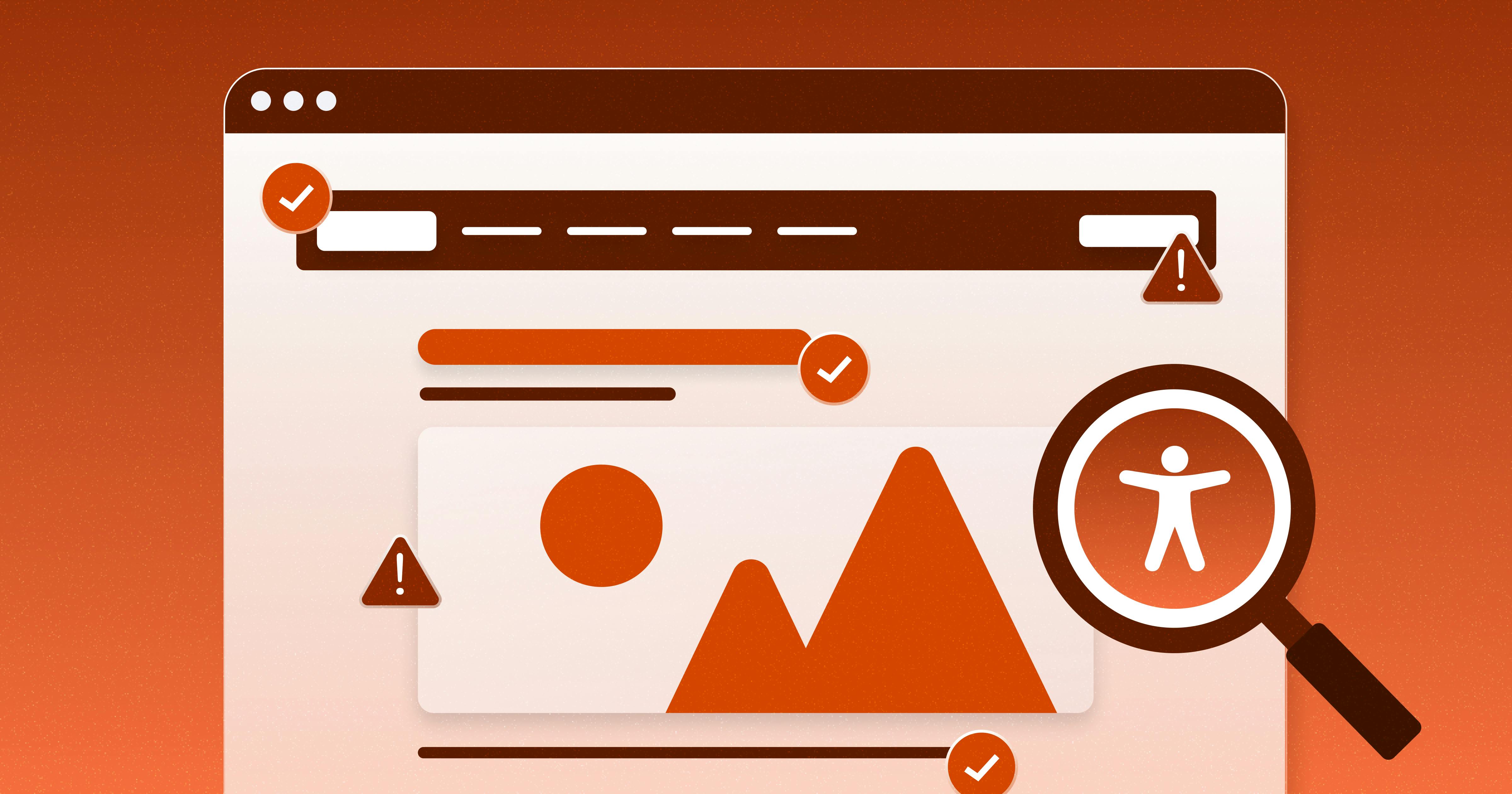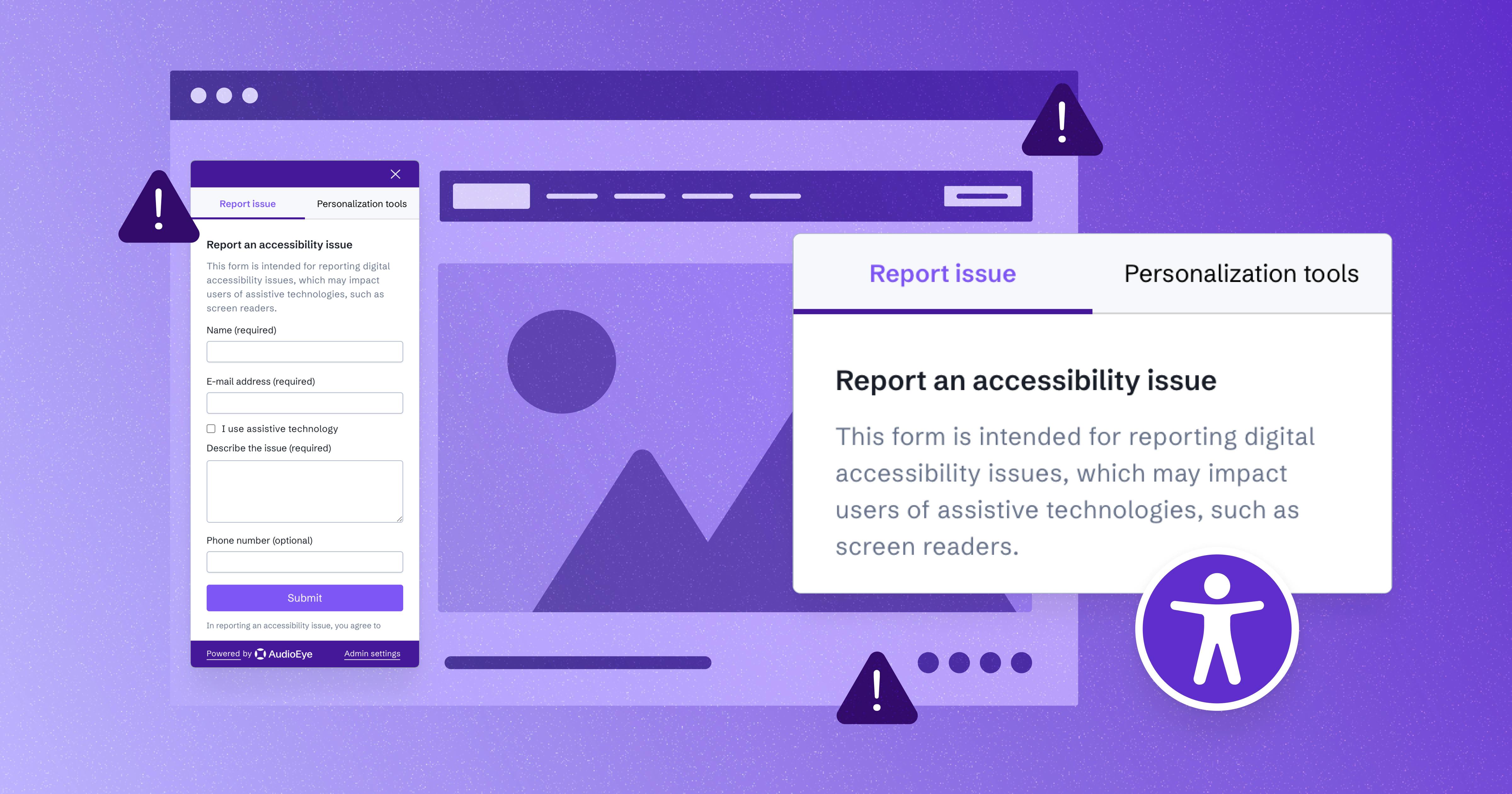Unlocking Digital Accessibility Training
Unlocking Digital Accessibility Training: How AudioEyeQ Provides the Knowledge and Skills Needed to Further Online Accessibility


Ready to see AudioEye in action?
Watch Demo
AudioEye recently launched AudioEyeQ, a free online accessibility learning program. In this blog post, you will learn more about the program, its modules, and how it benefits you.
Everyone plays a part in making the world more accessible to people with disabilities. Physical businesses can ensure their location is wheelchair accessible or that braille signage. In the online sector, designers, developers, testers, copywriters — virtually everyone can help make the digital world more accessible.
That’s one of the driving factors behind AudioEyeQ — a free, best-in-class accessibility learning platform offered by AudioEye. AudioEyeQ is designed to bridge the technical skills gap and lack of awareness surrounding accessibility, empowering individuals to play their part in accessibility.
What is AudioEyeQ?
AudioEyeQ is an accessibility learning platform that offers free accessibility education for everyone — no matter their role, responsibility, technical skill, etc. It’s designed to help learners better understand the disability community and how factors like bad code or poor design impact users with disabilities. Plus, teaching people that disability is just another aspect of being human will help dispel many misconceptions surrounding the disability community and ultimately improve the world.
We designed AudioEyeQ to provide learners with a seamless learning experience possible. Learners can digest information in the way that works best for them, as AudioEyeQ includes slides with captions for easy readability, videos, and additional learning resources. For example, I need multiple ways of ingesting material to get the most out of learning — meaning I need a video along with a handout I can refer back to ensure I understand the material. AudioEyeQ includes all that making it accessible to more users.
What’s Included in AudioEyeQ?
Currently, AudioEyeQ includes our Foundations of Digital Accessibility Course, which covers all the information needed to guide individuals as they study for the Certified Professional in Accessibility Core Competencies (CPACC) exam. The course includes modules that provide a deeper look into the disabled community and best practices for creating more accessible and inclusive digital content. It includes modules like:
- Categories and characteristics of disabilities
- Disability etiquette
- International accessibility laws
- Accessible design best practices
- Implementing organizational accessibility
Together, the modules provide learners with the necessary knowledge to pass the CPACC exam and understand how accessibility affects their daily work. For example, after taking AudioEye’s digital accessibility course, designers can ensure their designs don’t block users with disabilities from changing the orientation or zooming into text to accommodate their disability. When designers know how someone’s disability affects their ability to interact with a page, they’re more likely to design with those things in mind, improving the accessibility of their designs.
Currently, AudioEyeQ only offers the Foundations of Digital Accessibility course; however, the AudioEye team is already working on additional courses designed for specific roles. One of those courses, for example, is designed specifically for developers and will dive deeper into creating accessible code and testing it for accessibility effectively. We’re also building a course for legal professionals that covers digital accessibility law. We plan to make these courses available to users by the fall of this year.

The Driving Force Behind AudioEyeQ
Here’s the beauty of accessibility training — once you’re aware of the accessibility barriers in the world, it’s hard to unsee them. For example, understanding the difference alt text makes for people with visual disabilities will have you looking for alt text everywhere. And, hopefully, add it to your digital content. Once you’re aware of the barriers, you see them everywhere, and that awareness is what triggers action.
The world needs to be more accessible for people with disabilities. The only way to achieve this is by helping non-disabled people understand what disability is, the unique challenges the community faces, and what they can do to help.
That’s the driving force behind AudioEyeQ. By unlocking accessibility learning and making it available to all, awareness and understanding will increase. More importantly, individuals will be able to identify where and how they can make a difference in their personal and professional lives.
Master Digital Accessibility Today with AudioEyeQ: Enroll Now
AudioEyeQ is available now. The course is online and self-paced, and there’s no requirement to finish or pass (though we hope you do). Learners must take three assessments to test their knowledge about digital accessibility — something we recommend for those looking to earn their CPACC certification.
To get started, go to audioeye.com/learn, fill out the form, and we’ll enroll you!
Have feedback on the course or want to learn about something we’re not offering? Let us know! We’re always open to suggestions.
Ready to see AudioEye in action?
Watch Demo
Ready to test your website for accessibility?
Share post
Topics:
Keep Reading

Top 20 Free Accessibility Testing Tools for Website Compliance in 2025
Explore the top free accessibility testing tools for 2025 to ensure your website meets compliance standards and enhances user experience.
product
February 18, 2025

Introducing the AudioEye Accessibility Help Desk
AudioEye is excited to announce the evolution of our Visual Toolkit — now the AudioEye Accessibility Help Desk. Discover what changed and why from AudioEye's Chief Accessibility Officer, Mike Paciello.
product
November 18, 2024

15 Web Accessibility Testing Tools & How to Choose One
Discover the top web accessibility testing tools on the market and how you can choose the right one for you and your users.
product
September 22, 2024
